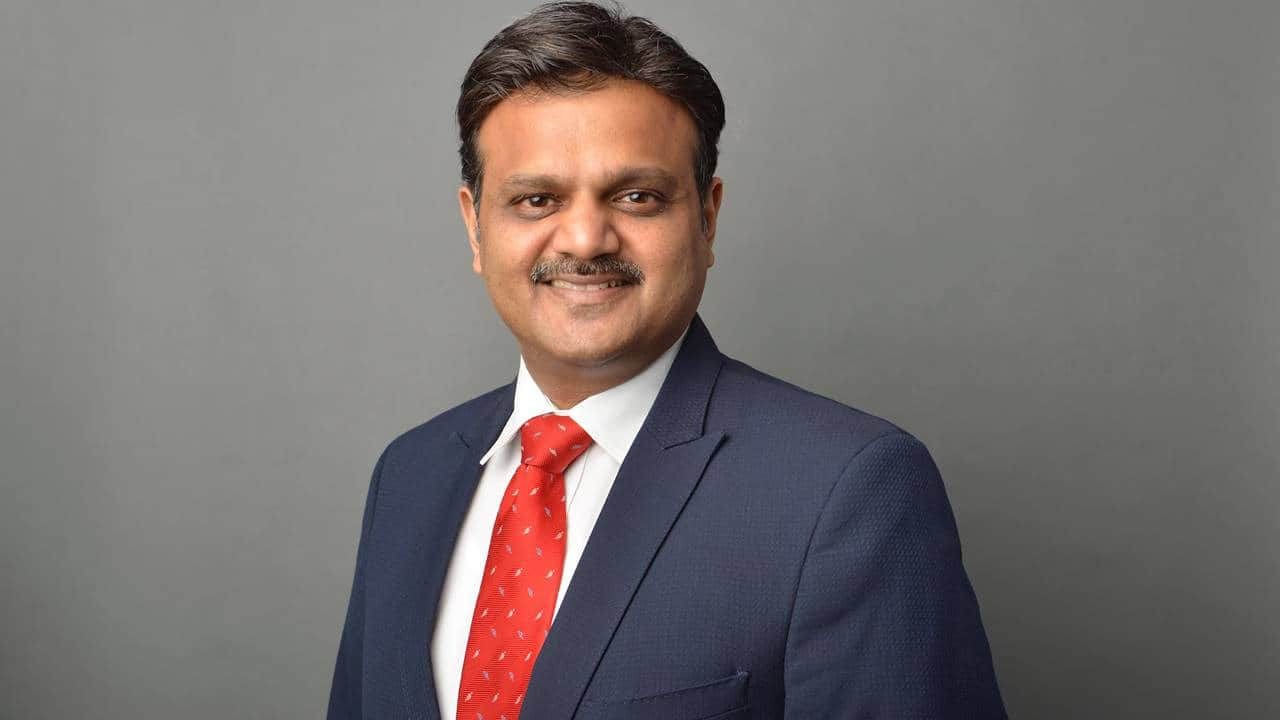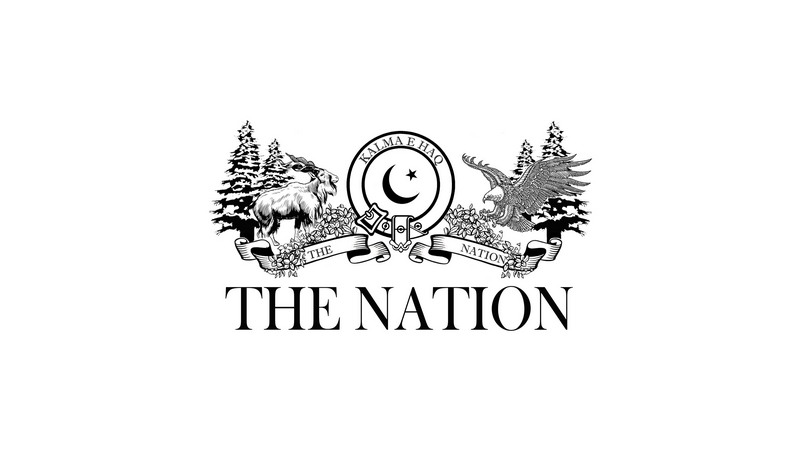
By Anand Shah, CIO - PMS & AIF Equity Investments at ICICI Prudential AMC The Union Budget 2025-26 underscores policy continuity while delivering a notable highlight in personal tax reforms aimed at encouraging adoption of the New Tax Regime, which could stimulate consumption. Maintaining fiscal prudence, the budget sets the fiscal deficit on a glide path, targeting a reduction to 4.4% of GDP.
Boosting Middle-Class Consumption One of the budget’s key highlights is the change in personal tax slabs, expected to provide tax savings ranging from Rs 80,000 to Rs 1,10,000 for individuals. This increase in disposable income is likely to spur consumption activity by an estimated 0.5%, particularly benefiting discretionary spending among middle-income earners.

Despite the tax relief on higher exemption limits, the budget projects increased tax collection, implying the government expects further improvements in tax compliance and formalization of the economy. Capital Expenditure and Infrastructure Development While capex spending in FY2025 was lower than anticipated, this was largely due to the general and state elections during the year. The slowdown was already visible in activity indicators over the first nine months of the fiscal, making it a factor the markets had priced in.
For FY2026, the government has allocated capex at Rs 11.2 trillion, about 10% higher than the revised estimates for FY2025. Including Internal and Extra Budgetary Resources (IEBR), capex growth could exceed 17%.
The budget also places increased emphasis on public-private partnerships (PPP), signalling the government’s intent to encourage greater private sector participation in infrastructure projects. Alongside this, enhanced collaboration between the central and state governments will drive investments in key areas like urbanization, public transport, tourism, health, and education. The Udaan connectivity scheme and the development of 50 tourism sites aim to boost the aviation and tourism sectors through greenfield airports and improved regional connectivity.
Click Here To Read All Budget Related News Manufacturing and Value Addition To promote value-added manufacturing, the budget has reduced basic customs duty to zero on key raw materials such as waste and scrap of lithium-ion batteries and 35 capital goods related to EV manufacturing. This move will allow the import of essential raw materials while ensuring value addition occurs domestically, contributing to India’s goal of self-reliance in critical manufacturing sectors. Policy Support for Individual Capex On the individual front, initiatives like the Special Window for Affordable and Mid-Income Housing (SWAMIH) aim to ease access to housing, the largest capex item for most households, thereby supporting middle-class families and stimulating housing demand.
Rural Development Initiatives The budget also emphasizes rural growth through the PM Dhan Dhanya Krishi Yojana, targeting 170 million farmers. Key measures include a six-year plan for pulses self-sufficiency, enhanced credit access with an increased Kisan Credit Card limit from Rs 3 lakh to Rs 5 lakh, and an extended Jal Jeevan Mission until 2028 with a larger budget outlay, ensuring access to clean water for rural households. Balanced Approach for Sustainable Growth Overall, the Union Budget reflects the government’s consistent focus over the past few years, with no major surprises in its fiscal framework.
It strikes a balance between immediate consumption-driven growth and long-term investments in infrastructure. The continued focus on infrastructure development, coupled with rising private capex, is expected to enhance the supply cycle, foster competition, and support long-term economic expansion. For FY2026, GDP growth is projected at 6.
3%-6.8%, compared to 6.4% in FY2025e, as outlined in the Economic Survey.
This budget lays the groundwork for sustained growth while providing the necessary stimulus to boost consumption and drive investments across key sectors of the economy. Disclaimer: The views and investment tips expressed by investment experts on Moneycontrol.com are their own and not those of the website or its management.
Moneycontrol.com advises users to check with certified experts before taking any investment decisions..















